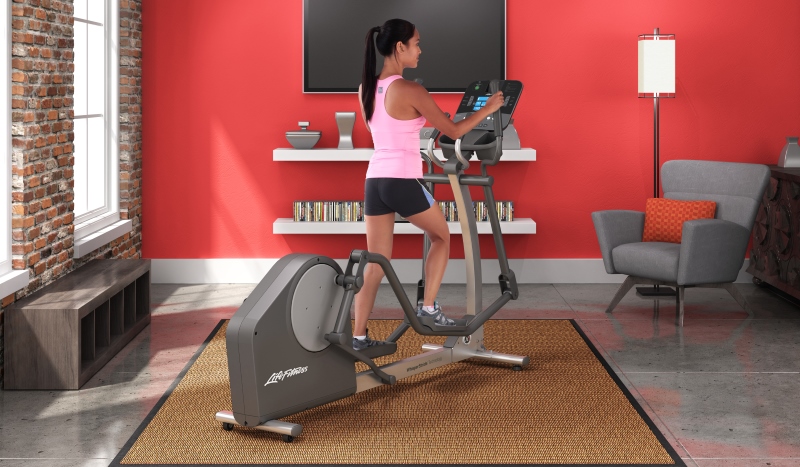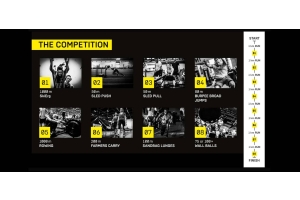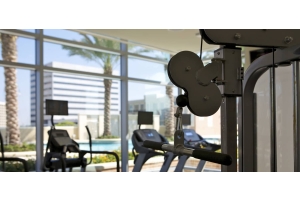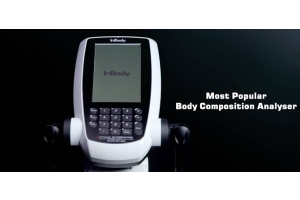What is Low and High Impact Training?

You may be aware of the terms ‘low impact’ and’ high impact’ but may not be aware of what they really mean. In exercise terms the word ‘impact ‘refers to the force exerted onto bones and joints.
Examples of high impact exercise includes running, gymnastics and the sports of rugby and football. Whilst doing these exercises and sports both your feet may be off the floor at any given moment which means when you do land your body weight will come down on your bones and joints.
The benefits of high impact is that you often burn lots of calories but it also can be good to put stress on the bones as a way of maintaining bone density. This is particularly true when we are young. In fact a study conducted by the University of Exeter claimed that playing football led to higher amounts of bone acquisition in young males. However some studies suggest that as we get older our bones and joints are more susceptible to damage and we could suffer injury if we do too much high impact exercise. Research also suggests that high impact exercise in those over the age of 30 will help reduce the rate of natural bone loss but it will not improve bone density.
Low impact exercises by comparison do not involve force being applied to the body so they are gentler to joints, bones and connective tissue. Usually either feet or at least one foot is on the floor at any time. Examples of low impact exercise include swimming, yoga, cycling and walking. Low impact exercises can best suit those returning from injury and older people. However there is evidence that low impact exercise can, when taken regularly, improve aerobic fitness and the health of our hearts.
Which Is Better?
The answer sits between the two. An exercise regime of both high and low impact exercise is probably the most beneficial. However if you are returning from injury or suffer from joint problems then low impact exercise may be better. It may also be good to try more low impact exercises if you want to give your body a break from pounding high impact workouts.
To support more low impact exercising what equipment should you use?
The Best Low Impact Equipment
The following equipment is suitable for home gyms and would be a great addition if you want to focus solely on low impact or want to mix it up a bit.
Steppers
Steppers can be found in most gyms and are by definition a way of mimicking the motion of climbing stairs. They are a great way of working your lower body. They target your glutes in a very low impact way. In fact all three gluteal muscles-gluteus minimus, gluteus medius and the gluteus maximus all get targeted on a stepper. The main disadvantage of a stepper is that it can be easy to cheat by leaning forward on the handrails or handles to take weight off your feet. It also only works the lower body but if this is what you want then a stepper is a good piece of kit.
Rowing Machines
Rowing machines are a great way to work a huge range of muscles without putting pressure on the joints. They help build explosive power, help burn calories and you use an incredible number of muscles. In fact when you start the row motion your quads, hamstrings and glutes are all mobilised and then as the force is transferred to your back and upper body your abs, obliques and lower spine are all activated as well as your traps, last and arms. Many believe the rower provides a better cardio workout than many other pieces of equipment and for the home gym they look both attractive and can be stored upright so are great if space is an issue.
Indoor Cycles
Indoor cycles are a great example of low impact equipment but are particularly beneficial for muscle endurance. Muscle endurance is when you ask a muscle to repeatedly exert force over a period of time. In indoor cycling you are doing just this with your quadriceps, hamstrings, gluteus and calf muscles. Surrounding bones, tendons and ligaments are also strengthened. It also provides a great cardio workout without the high impact on your joints and bones.
Elliptical Cross Trainer
These machines mimic the movements of walking, running and climbing but as opposed to a treadmill your joints are well protected. The pressure applied, particulay the hip and knee, are far reduced on the cross trainer. They can help burn calories although this will of course depend how hard you work on it. One of the biggest benefits of a cross trainer is that it can provide a full body workout. The pushing and pulling, using the arms, provides an upper body workout and your lower body, particularly the glues are well worked. The core can also benefit is you let go of the handles as you will need to engage the core to balance. There is also a chance to slightly change your body to alter the muscle being worked. An example of this is that if you pedal backwards then you target your quads more.
Resistance Bands and Suspension Trainers
Resistance bands enable you to carry out a range of low impact exercises but by using the bands you can make them harder. This includes leg lifts as an examples. A great benefit of the bands is that they are easily stored and you can take them out and about with you. Suspension trainers use your body weight and gravity to help you build strength, balance, core and joint stability. Because with suspension trainers you can simply adjust your body position to increase or decrease resistance they are an incredible tool for all levels from beginner to advanced. And because they are low impact there is no pressure on joints or bones. Like the bands suspension trainers also take up little room so are great for any home gym.
+ See Our Range Of Resistance Bands
Yoga and Pilates Equipment
There is a huge range of yoga and Pilate’s equipment that can provide a good low impact exercise workout. Equipment includes gym balls to the Pilates reformer. The later helps you build strength, flexibility, coordination and balance. It also helps build strong bones and the eccentric muscle contractions helps create long. strong muscles, all low impact. Something as small as the Pilates ring adds extra resistance to moves and exercises. Again low intensity but a great way to tone muscles particulay in the outer thighs, upper arms and pelvic muscles.



